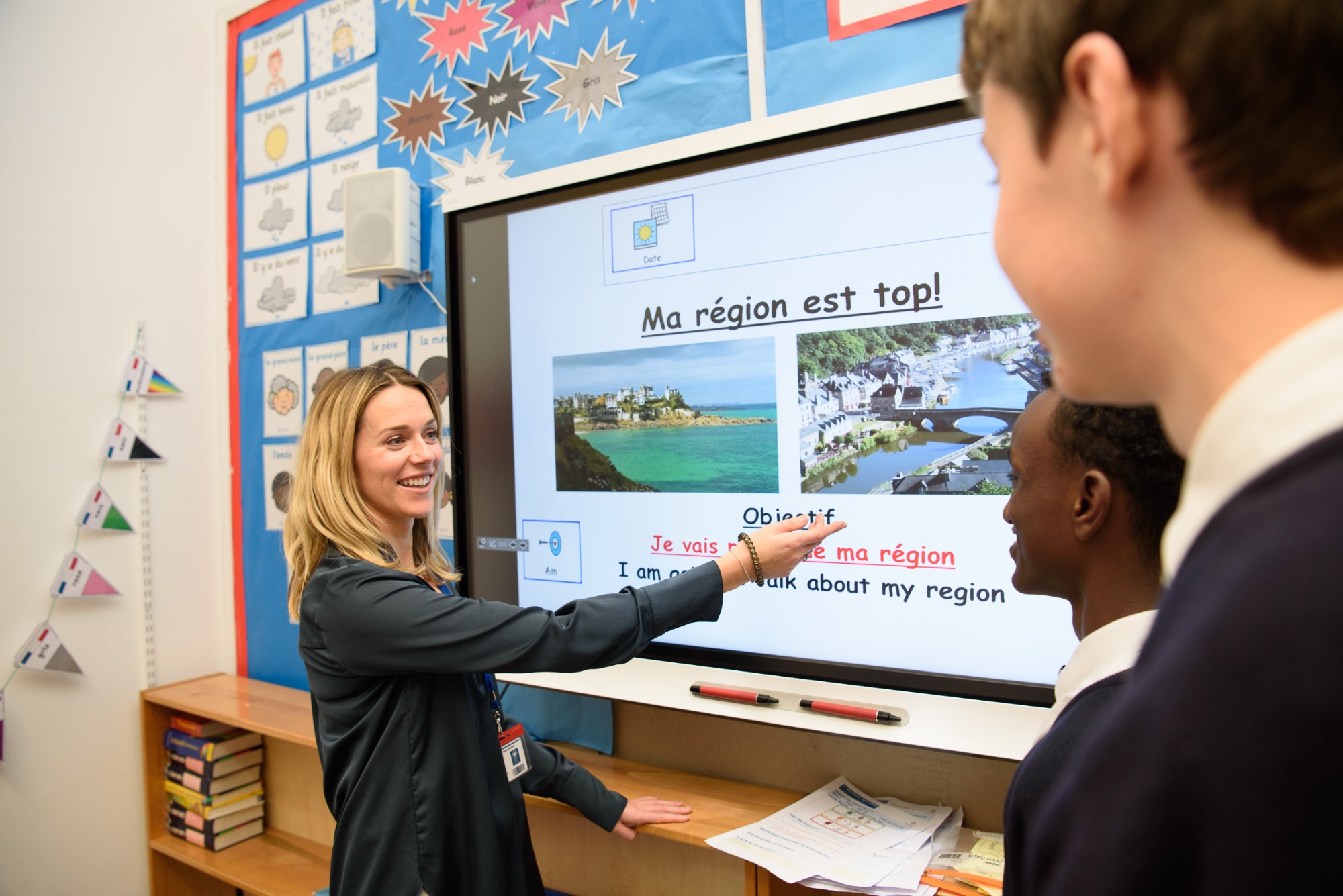11.8° scattered clouds
Features of Outstanding TA & Apprentice Support at Woodlane
The following features, which are used to judge the quality of TA and Apprentice at Woodlane, were created with the input of staff and pupils:
Relationships and Communication
- The Teaching Assistant and Teacher demonstrate effective communication in the classroom.
- Where appropriate, there is evidence that the Teaching Assistant and Teacher have worked together to jointly prepare resources. The Teaching Assistant demonstrates an appropriate understanding of the topic and any learning tasks.
- The Teaching Assistant demonstrates positive relationships with the pupils in the classroom. Pupil wellbeing is always considered.
- Misconceptions are addressed with pupils rapidly.
- The Teaching Assistant is friendly, dynamic and approachable, setting a positive tone for the lesson as pupils arrive and ensuring the classroom environment is inviting and engaging.
Supporting Pupil Understanding
- During ‘Teacher Talk’, the Teaching Assistant circulates the room and checks understanding. Good listening skills are modelled and the Teaching Assistant uses a range of strategies to support pupil knowledge retention e.g. a Mind Maps, lists, notes etc.
- All pupils have appropriate support that enables them to functionally access the teaching and learning, e.g. work is enlarged appropriately for a pupil with a visual impairment etc.
- During learning tasks/activities the Teaching Assistant utilises a variety of appropriate strategies to check understanding. This may include personalised or more generalised strategies (many of these are found within the TA Resource Pack), including:
Visual checks on pupil progress.
Rephrasing information provided by the teacher.
Using a task planner to schedule steps and plan learning.
Visuals/Speech and Language Therapy prompts on a pupil’s desk.
Appropriately levelled questions, e.g. Blanks Levelled Questions 1-4.
Providing thinking time when asking a question.
Adapting work within the lesson (or prior) e.g. chunking – separating longer tasks in to smaller manageable steps etc.
- Literacy support is provided that helps pupils decode information and encourages reading. Support does not provide pupils with the answer directly but prompts them to recall or discover an answer. Literacy support should be directed by the Class Teacher and may take the form of:
Word banks or sound mats.
Reading assistance, phonics support or sentence starters.
Scribing for the child where this is requested/necessary due to their needs.
Appropriate SALT resources specific to the needs of each child etc.
Ensuring High Levels of Progress
- The Teaching Assistant understands the starting point of pupils in the class and recognises who may need more support or challenge. Prior knowledge is checked.
- Questioning is used regularly to ensure pupils have made the progress expected.
- Verbal or written feedback given is effective and ensures pupils make progress independent of the Teaching Assistant’s presence, e.g. SMART targets are set and these are returned to 5 minutes in to a task to check progress.
- Challenge is used effectively throughout the lesson and pupils are not left waiting for opportunities to develop their skills further.
- Pupil progress is checked at the end of the lesson to consolidate. Reference to learning objectives is made.
- Unexpected behaviour is dealt with proportionately by the Teaching Assistant (under the Class Teacher’s guidance) and appropriate strategies are used. These may include:
If appropriate, poor behaviour is addressed calmly and quietly in the classroom in the first instance.
Pupils are offered appropriate sensory or regulatory strategies by the Teaching Assistant within the classroom as early intervention.
Where necessary, and in collaboration with the Class Teacher, warnings are issued.
Where necessary to avoid class disruption, timeout (or similar) is offered and supported by the Teaching Assistant. A pupil leaving the classroom is always discussed with the Class Teacher.
Where behaviour is seen to escalate, swift decisions are made based on class expectations. The class are not overly disrupted by the behaviour of others etc.
- All pupils make substantial progress from their individual starting points (relevant to the pupils targeted).
